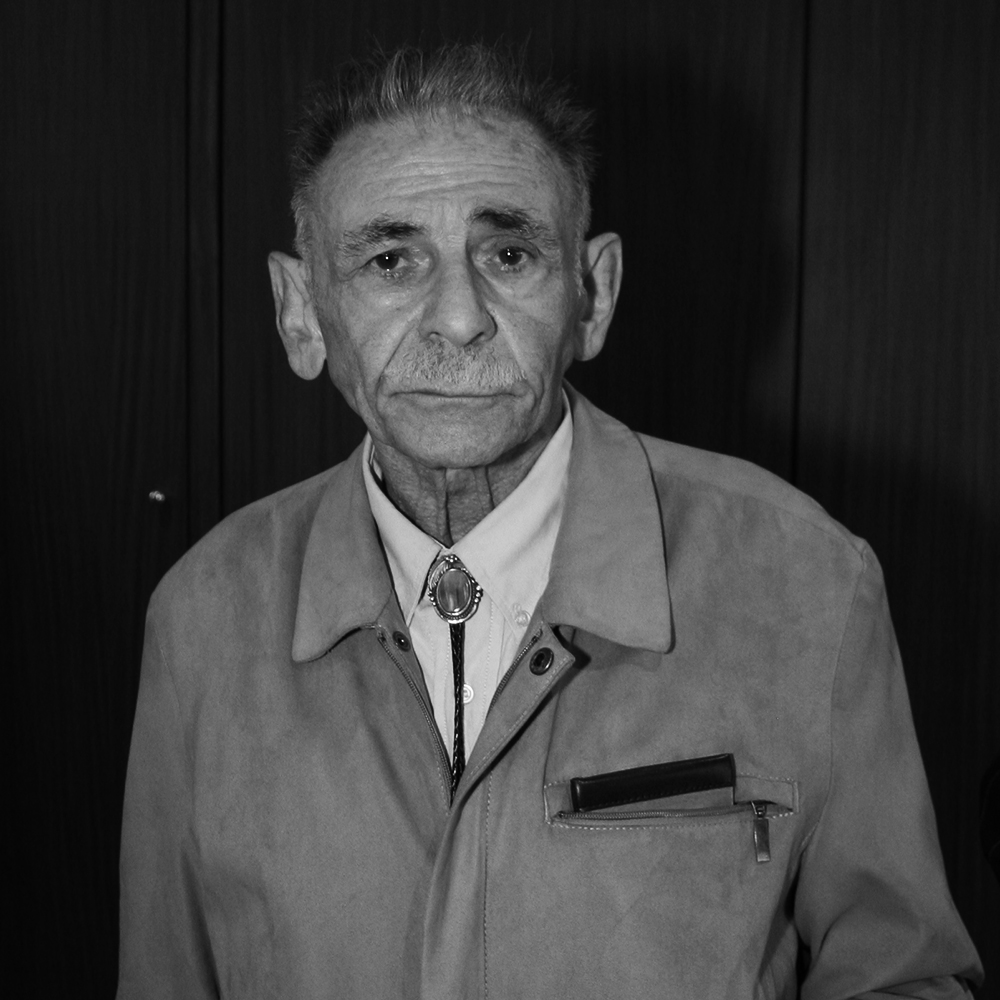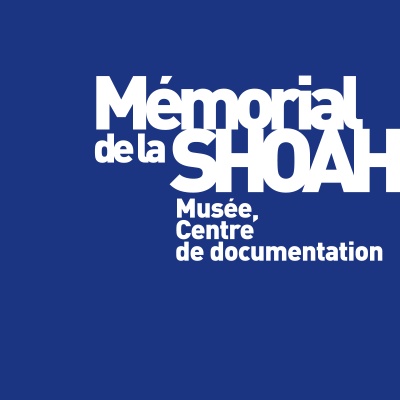Addy Fuchs, a great witness of the Shoah, died on December 27, 2018
Adolphe "Addy" Fuchs was a great witness of the Shoah. Deported at the age of 16, he had become an active memory broker with thousands of students and a fervent activist for popular sport. We pay tribute to him.

Addy Fuchs at the Shoah Memorial
Addy Fuchs was born in Paris in 1926 at the Rothschild hospital. Only son of two Polish Jews who fled the pogroms and misery of their country, he grew up in the 12th arrondissement of Paris, rue de la Mare. In the family, we speak Yiddish but we learn French. In 1937, they moved to the 10th arrondissement, the mentality is more bourgeois there, Addy joins the Colbert high school, he is a good student, particularly gifted in mathematics.
In 1939, his father is mobilized and they declare themselves as Jews to the authorities. Addy Fuchs will then wear the star and undergo prohibitions and humiliations. He escapes the roundup of the Vél’ d'Hiv” with his two cousins, his uncle and aunt, and passes through Vierzon into the free zone. First hidden then reported to the Gestapo, they are arrested with false papers and locked up in the Kommandantur, then in the prison of Orléans, and finally in Pithiviers. Addy is deported to Drancy with his cousins, then finally deported again to Pithiviers with other young people. In their shack, they play checkers and chess.
On September 21, 1942, Addy Fuchs is deported to Auschwitz by convoy No. 35. At the sub-camp of Cosel, less than 100km from Auschwitz, he is part of the first selection with about 200 other young men. He works there as a prisoner on earthworks and rails. Addy remembers the words of the German camp leader: "Here, you are not on the Boulevard des Capucines, you are in a concentration camp, you enter through the door and leave through the chimney." In December, he is transferred to Blechhammer, a labor camp with about 4,000 Jews and prisoners of war. The discipline is very harsh there. The selections and excavations are permanent. Registered in April 1944, Addy Fuchs works with cement, bricks and welding. He will be protected by a German foreman, the SS are increasingly severe, hit and kill, he too will be hit by a kapo.
On January 21, 1945, they leave the camp and begin a "death march". The 4000 detainees travel 250 kilometers to Gross-Rosen, 2000 are murdered. The survivors are taken in wagons and will be discovered later under the bombings. Addy is transferred to the camp of Buchenwald, then from Langestein.
«I hope that today’s young people will be able to build a world with less hate». Addy Fuchs
Addy Fuchs is released on April 21, 1945, he weighs 33 kg and is injured in the shoulder. On May 4, 1945, he finds his parents. He is gaining weight but falls ill. To recover, he does sports and becomes a communist activist. He meets Ida, a deportee’s daughter, with whom he will have three children. In 1951, he meets his comrades from the camps with whom he will create the Amicale de Blechhammer. Activist for memory, notably within the Union of Auschwitz deportees, Addy Fuchs testified for the Spielberg Foundation in 1995 as well as very many times and for a long time at the Shoah Memorial for school audiences. He also went to schools with his "teaching material": a yellow star, a prisoner’s jacket, an identity card stamped 'Jewish'.
Addy Fuchs was also a great promoter of sport, especially volleyball, at the Sports and Gymnastics Federation of Labour (FSGT), born in the socialist movement at the beginning of the century, and also attached to the Communist Party thereafter.
All our thoughts go to his loved ones.

